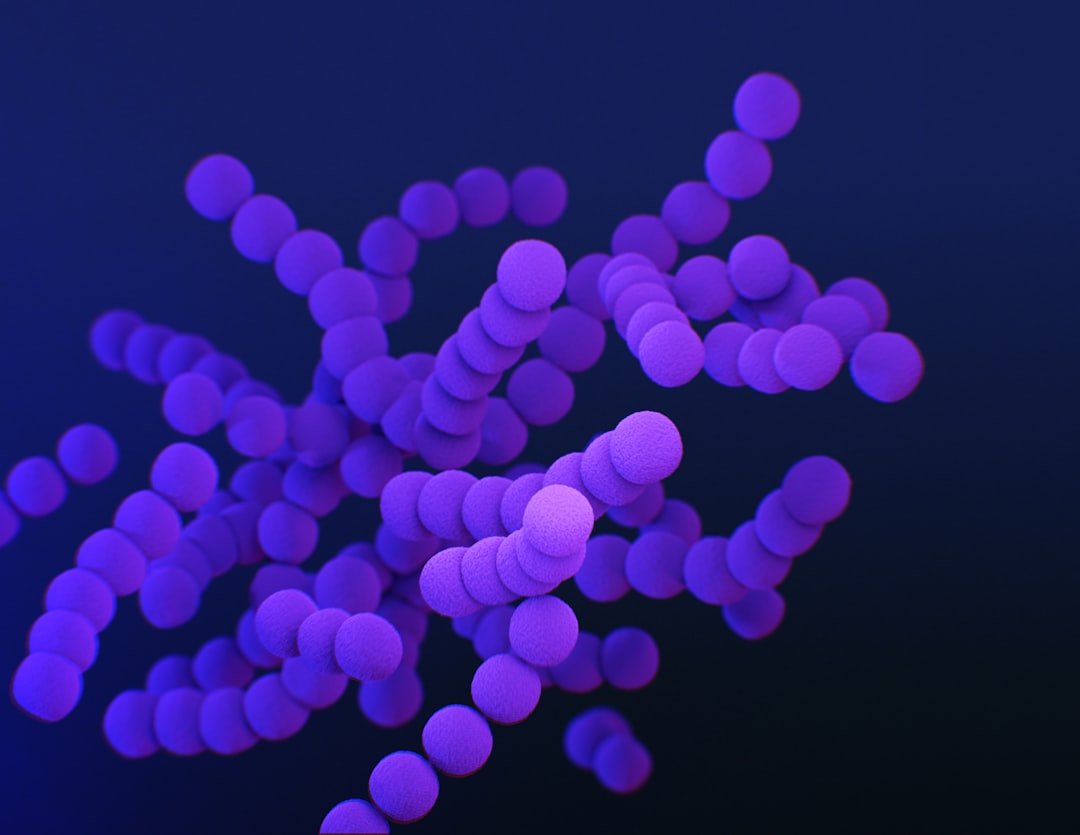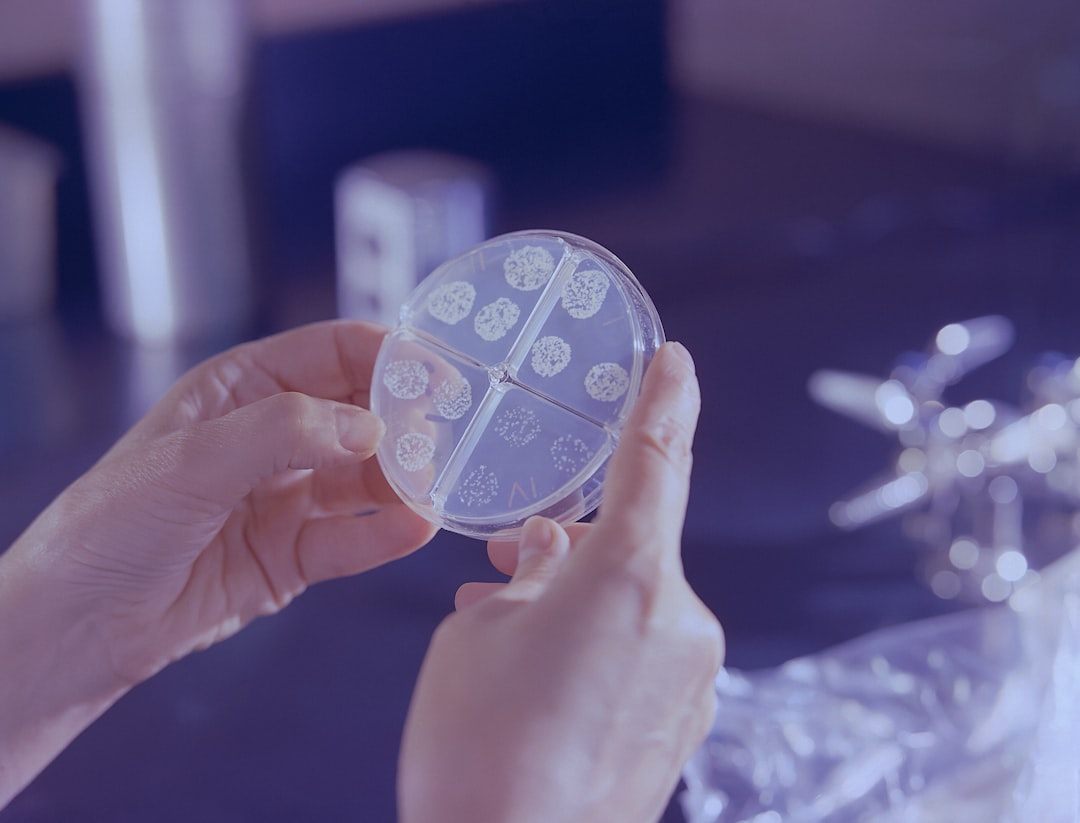What is it about?
Carbapenemase activity was investigated using the neo-rapid CARB kit with the help of direct visual assessment and colorimetry and compared with the level of degradation when meropenem was incubated in broth in the presence of intact bacterial isolates. Our results showed that whilst the producers of stronger carbapenemases hydrolysed meropenem efficiently, the OXA-48-like carbapenemase producers exposed a high variability of meropenem degradation. This was the case even between the subtypes of OXA-48-like carbapenemase producers. The neo-rapid CARB kit on the other hand had a high sensitivity and specificity using either direct visual assessment or colorimetry. Our results indicate that lysis may be particularly important for the detection of weaker carbapenemases as other resistance mechanisms such as porin loss may be more likely to play a role than is the case with strong carbapenemases.
Featured Image
Why is it important?
There is conflicting information in the literature concerning the suitability of the CARBA NP test for the detection of OXA-48-like carbapenemases. Whilst commercial kits recommend to vortex the bacterial suspension in lysis solution for one full minute, the bacteria and lysis solution may only briefly be mixed with the help of a pipette on other occasions. This may result in insufficient lysis and failure of detection of OXA-48-like carbapenemases. Our results indicate that carbapenemase activity may be reliably detected in stronger carbapenemase producers even without lysis, but that lysis may be necessary for the reliable detection of weaker carbapenemases.
Read the Original
This page is a summary of: Detection of carbapenemase activity in Enterobacteriaceae using LC-MS/MS in comparison with the neo-rapid CARB kit using direct visual assessment and colorimetry, Journal of Microbiological Methods, December 2016, Elsevier,
DOI: 10.1016/j.mimet.2016.10.005.
You can read the full text:
Contributors
The following have contributed to this page










